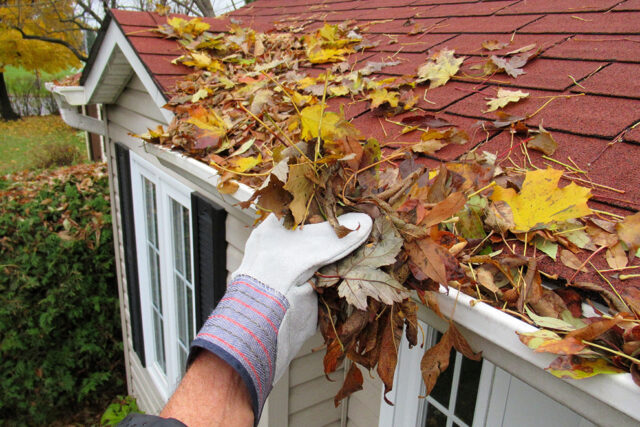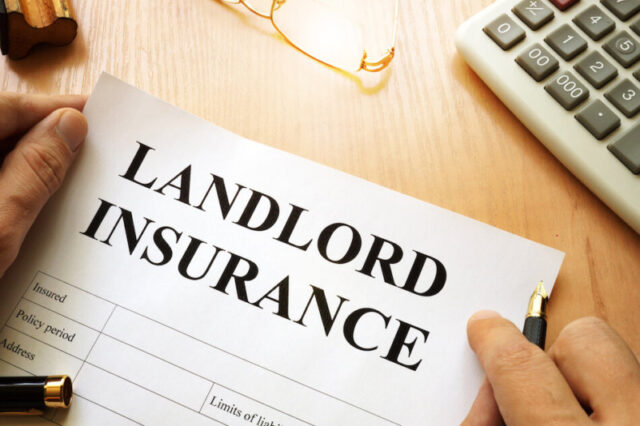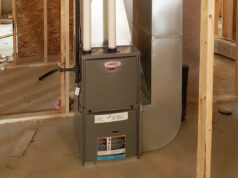
Owning a home is a milestone achievement, but it also means taking on the responsibility of maintaining and repairing it as needed. Home repairs are an inevitable part of homeownership, and they often come with a significant price tag. However, there are strategies that can help you effectively manage these costs. In this article, we’ll explore practical tips for handling the financial challenges of essential home repairs, while also highlighting the valuable role of landlord insurance in protecting your investment.
1. Budgeting for Repairs
A proactive approach to managing home repair costs starts with careful budgeting. Allocate a dedicated portion of your monthly income to a repair and maintenance fund. This way, you’ll have a financial cushion to rely on when the time comes to address vital repairs. A well-structured budget can ease financial strain and ensure your home remains a safe and comfortable haven.
2. Prioritize Regular Maintenance

Preventing problems is often more cost-effective than dealing with repairs. Regular maintenance checks can help you identify issues before they escalate into major problems. Simple tasks such as cleaning gutters, inspecting the roof, and servicing your HVAC system can significantly extend the lifespan of your home’s components and reduce the likelihood of costly repairs.
3. Establish an Emergency Fund
Consider setting up an emergency fund specifically earmarked for home repairs. This fund can provide peace of mind when unexpected issues arise. Financial experts recommend having a reserve equivalent to three to six months’ worth of living expenses, including potential repair costs, to ensure you’re financially prepared.
4. The Role of Home Insurance
While homeowners’ insurance is essential, it often doesn’t cover the costs of regular wear and tear or maintenance issues. This is where landlords’ insurance comes into play. Also known as dwelling coverage, landlords’ insurance is designed to safeguard the structure of your home from a range of threats, such as fire, vandalism, and severe weather. Although it may not cover all types of repairs, it can substantially mitigate your financial burden in case of a covered loss.
5. Advantages of Landlord Insurance

Landlord insurance offers a range of benefits when it comes to managing the expenses of essential home repairs:
- Structural Coverage: Landlord insurance typically includes coverage for repairing or rebuilding your home’s structure in the event of damage caused by covered perils. This encompasses damage to the roof, walls, foundation, and more.
- Protection for Personal Property: Some landlord insurance policies extend coverage to personal property within the home, such as appliances and furnishings. This can further alleviate your out-of-pocket expenses during repairs.
- Liability Coverage: In cases of injury on your property, landlord insurance provides liability coverage, shielding you from potential legal expenses and medical bills.
- Loss of Rental Income: If your home becomes uninhabitable due to a covered loss, landlord insurance can compensate you for the rental income you would have otherwise earned.
- Peace of Mind: The most invaluable benefit is the peace of mind that comes with knowing you’re financially protected. This assurance can significantly reduce the stress associated with unexpected home repairs.
6. Home Warranty Plans
In addition to landlord insurance, you might want to consider a home warranty plan. Home warranty plans typically cover the repair or replacement of major home systems and appliances, such as your HVAC system, plumbing, electrical, and kitchen appliances. While they’re not a substitute for homeowners’ or landlord’s insurance, they can provide an extra layer of protection against unexpected repair costs.
Home warranty plans work by paying a monthly or annual premium, and in return, you can access repairs or replacements for covered items at a reduced cost or sometimes even free of charge. These plans are particularly beneficial if you have older appliances or systems in your home, as they can help extend their lifespan and reduce your repair expenses over time.
7. DIY and Regular Inspections
Another strategy to minimize home repair costs is to become a proactive DIY homeowner. Learning basic home maintenance skills can save you a substantial amount of money on labor costs. Simple tasks like changing air filters, caulking windows, and doors, or fixing minor plumbing leaks are often well within the capabilities of the average homeowner.
Regular inspections of your home can also catch problems early when they are less expensive to fix. For example, checking for signs of water damage in your basement or attic can prevent costly repairs associated with mold remediation and structural damage.
8. Get Multiple Quotes

When you do need to hire professionals for repairs, don’t hesitate to obtain multiple quotes. Different contractors may offer varying prices for the same job, and getting multiple estimates can help you find the most cost-effective option. Additionally, ask for references and check online reviews to ensure you’re hiring a reputable and trustworthy contractor.
9. Prioritize Repairs
Not all home repairs are created equal. When faced with multiple repair needs and a limited budget, prioritize the most urgent and essential repairs. Issues that affect safety, such as electrical problems or structural damage, should take precedence. Delaying these repairs can lead to more extensive and expensive problems down the road.
Non-essential upgrades, such as cosmetic improvements, can often be postponed until your budget allows. By focusing on critical repairs first, you can ensure your home remains a safe and habitable space.
10. Tax Deductions and Credits
Depending on where you live and the nature of your home repairs, you may be eligible for tax deductions or credits that can help offset the costs. For example, energy-efficient home improvements like solar panels or certain insulation upgrades can qualify for tax incentives. Be sure to research the available tax benefits in your area and consult a tax professional to maximize your savings.
Effectively managing the costs of essential home repairs involves careful planning, regular maintenance, and strategic financial precautions. While homeowners’ insurance is fundamental, landlord insurance offers additional coverage that can be immensely valuable in preserving your investment. By implementing these strategies and considering landlord insurance, you can safeguard both your home and your finances, ensuring that homeownership remains a fulfilling and secure journey.









